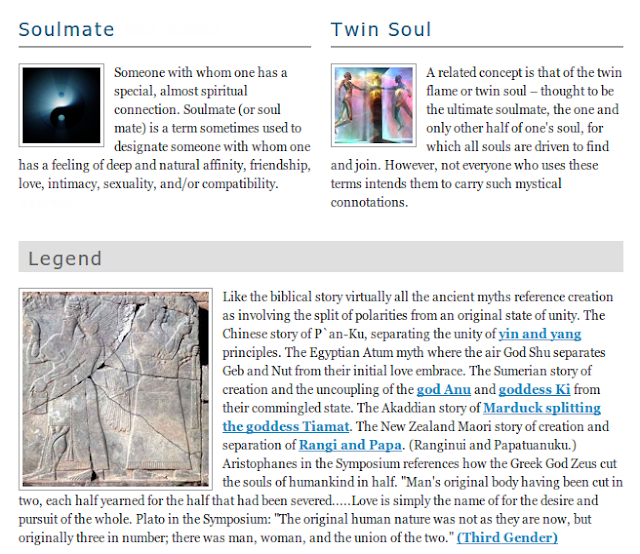[Author Unknown]
The Good Lord was creating teachers. It was His sixth day of 'overtime' and He knew that this was a tremendous responsibility for teachers would touch the lives of so many impressionable young children. An angel appeared to Him and said, "You are taking a long time to figure this one out."
"Yes," said the Lord, " but have you read the specs on this order?"
TEACHER:
... must stand above all students, yet be on their level,
... must be able to do 180 things not connected with the subject being taught... must run on coffee and leftovers
... must communicate vital knowledge to all students daily and be right most of the time
... must have more time for others than for herself/himself
... must have a smile that can endure through pay cuts, problematic children, and worried parents
... must go on teaching when parents question every move and others are not supportive
... must have 6 pair of hands.
"Six pair of hands, " said the angel, "that's impossible"
"Well, " said the Lord, " it is not the hands that are the problem. It is the three pairs of eyes that are presenting the most difficulty!"
The angel looked incredulous, " Three pairs of eyes...on a standard model?"
The Lord nodded His head, " One pair can see a student for what he is and not what others have labeled him as. Another pair of eyes is in the back of the teacher's head to see what should not be seen, but what must be known. The eyes in the front are only to look at the child as he/she 'acts out' in order to reflect, " I understand and I still believe in you", without so much as saying a word to the child."
"Lord, " said the angel, " this is a very large project and I think you should work on it tomorrow".
"I can't," said the Lord, " for I have come very close to creating something much like Myself. I have one that comes to work when he/she is sick.....teaches a class of children that do not want to learn....has a special place in his/her heart for children who are not his/her own.....understands the struggles of those who have difficulty....never takes the students for granted..."
The angel looked closely at the model the Lord was creating. "It is too soft-hearted, " said the angel.
"Yes," said the Lord, " but also tough, You can not imagine what this teacher can endure or do, if necessary".
"Can this teacher think?" asked the angel.
"Not only think," said the Lord,. "but reason and compromise."
The angel came closer to have a better look at the model and ran his finger over the teacher's cheek.
"Well, Lord, " said the angel, your job looks fine but there is a leak. I told you that you were putting too much into this model. You can not imagine the stress that will be placed upon the teacher."
The Lord moved in closer and lifted the drop of moisture from the teacher's cheek. It shone and glistened in the light.
"It is not a leak," He said, "It is a tear."
"A tear? What is that?" asked the angel, "What is a tear for?"
The Lord replied with great thought, " It is for the joy and pride of seeing a child accomplish even the smallest task. It is for the loneliness of children who have a hard time to fit in and it is for compassion for the feelings of their parents. It comes from the pain of not being able to reach some children and the disappointment those children feel in themselves. It comes often when a teacher has been with a class for a year and must say good-bye to those students and get ready to welcome a new class."
"My, " said the angel, " The tear thing is a great idea...You are a genius!!" The Lord looked somber, "I didn't put it there."

